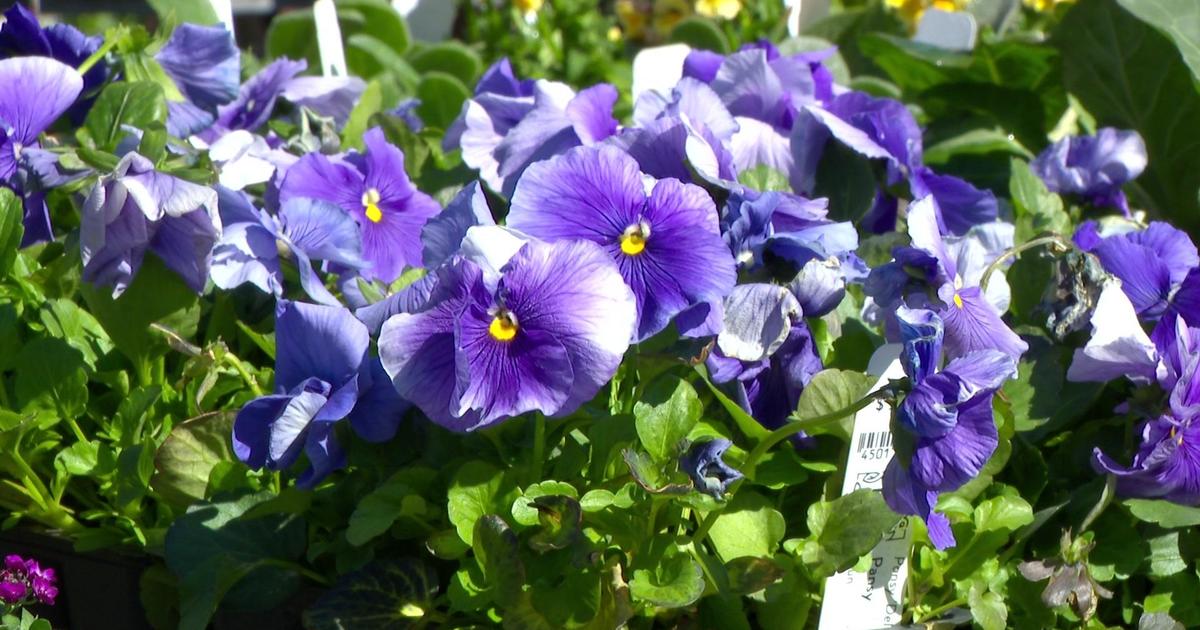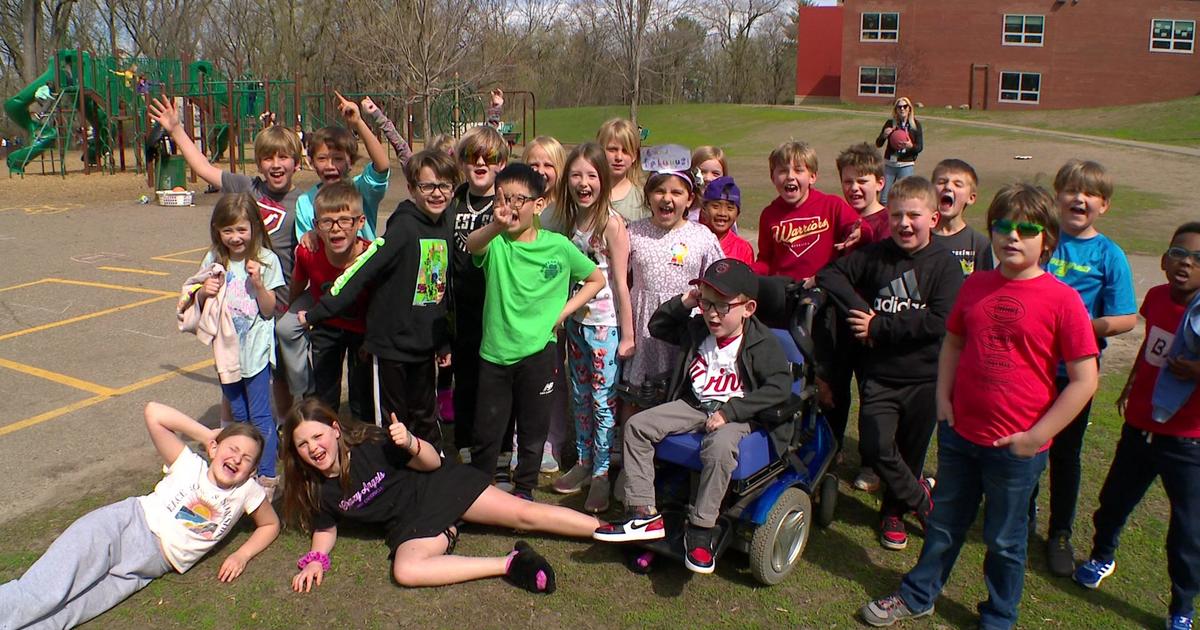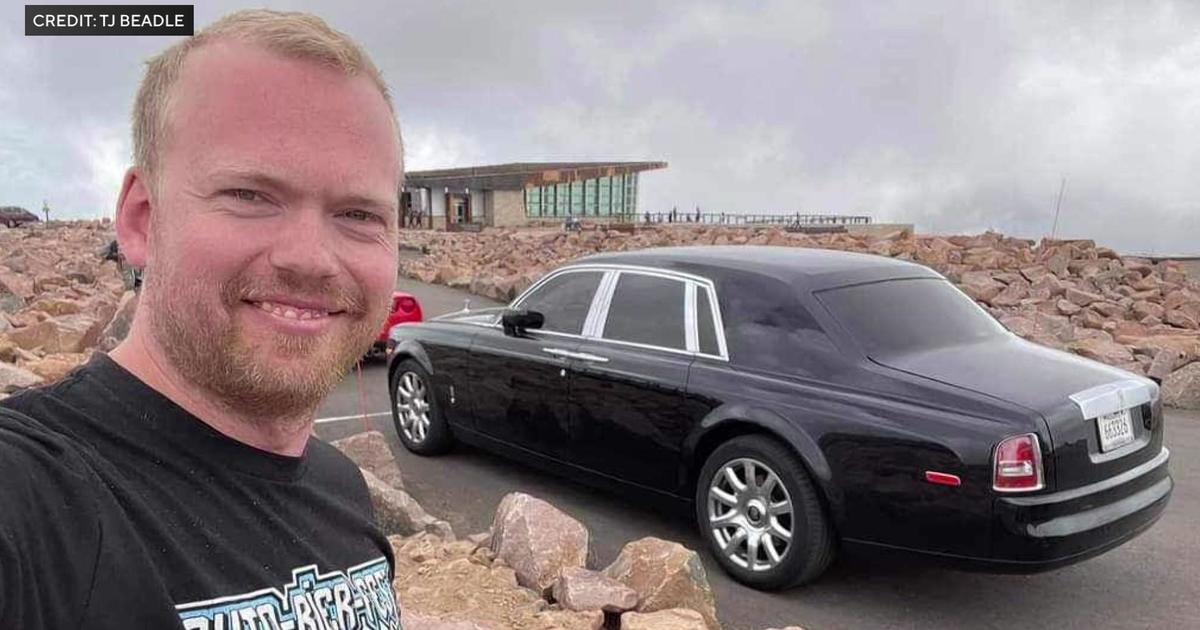Woman Raises Rabbits, Spins Hair Into Profit
BLUE EARTH, Minn. (AP) -- Maria Lindberg has been around angora rabbits a long time, but she was never quite sure what to do with all that hair until she started spinning it.
When she was 12, Lindberg's father presented her with an angora rabbit.
"I was gonna get rich," she remembered. "I was gonna harvest the wool for $11 a pound. I didn't take care of them, so all I ever harvested was mats."
Then her rabbits were killed by rats, and Lindberg's dreams of getting rich were over before they started. But she never forgot.
"I always liked the animals; always wanted other angoras again," she said.
It took a while, but she got her wish. She bought her own rabbits in 1981, from a woman at the Martin County Fair.
Not only did her new rabbits survive, they thrived. Rabbits can produce a new litter about every 30 days, Lindberg said.
Today, she has about 30 rabbits on her place just outside Blue Earth. She keeps them in a "huge enclosure with an electric fence around it," she said.
"I realized after I got these rabbits and they started multiplying, I needed to do something with the wool," Lindberg said.
Her husband, Peter, liked to fiddle with gadgets.
"He was Mr. Fix-it," Maria said. "He'd invent a lot of stuff just because he loved doing it."
Peter took a sewing machine motor and made a spinning wheel for his wife.
"It had two speeds," Lindberg said. "One fast and one not quite so fast. I was constantly re-threading the thing.
"After a year, my daughter, who was in Alaska and had learned to spin, said. `Mom, get yourself a decent wheel,"' Lindberg said. "I bought my Ashford and I could spin. My yarn didn't fly back out the spool all the time. From then on, I've been spinning."
Lindberg recently demonstrated her technique during the Holiday Sampler in Blue Earth. With a white rabbit on her lap, she ran her hands over the little beast's body, collecting the soft, loose hair and, using her spinning wheel, turned it into a ball of yarn.
What makes angora so attractive is its warmth, due to the structure of the hairs.
"Angora is seven to eight times warmer than wool, very light-weight," Lindberg said. "The individual fibers are so fine and they are hollow."
She makes scarves, headbands, caps, mittens and what she calls "toe-warmers."
Her son, Hanns, was going on a ski trip and she didn't want his feet to freeze, so she crafted an insole with a front that went over his toes and sewed it to his socks. Unfortunately, he left them unattended and a dog ate one.
Lindberg re-thought her design and came up with something that looks like a small cap that fits over the front of the foot. She says it sticks to the sock and will not come off while being worn.
Another animal-related mishap led her to design a new item.
"I had knitted a wool angora sweater and my daughter-in-law put it on a shelf and her cat ate a hole in it," Lindberg said. "I thought if angora was that popular, maybe that was a way I could use up fiber I couldn't use for anything else."
So now she makes cat toys and puts catnip in the center.
"Very attractive to cats," she said.
Lindberg sells her items at the Rainbow Food Co-op in Blue Earth, and at her daughter Lisa's shop, Acorn Studio, in Amboy. But her childhood dream of wealth isn't driving her anymore.
"You do more from the love of it than the payment," she said. "You hope you can finance your work through what you earn."
And Lindberg has no intention of quitting.
"I think, probably, having the rabbits has kept me healthy" from carrying bags of feed, bales of hay and water, she said.
"It's an addiction, I suppose," Lindberg said, smiling. "I still enjoy doing it."
(© Copyright 2010 The Associated Press. All Rights Reserved. This material may not be published, broadcast, rewritten or redistributed.)



